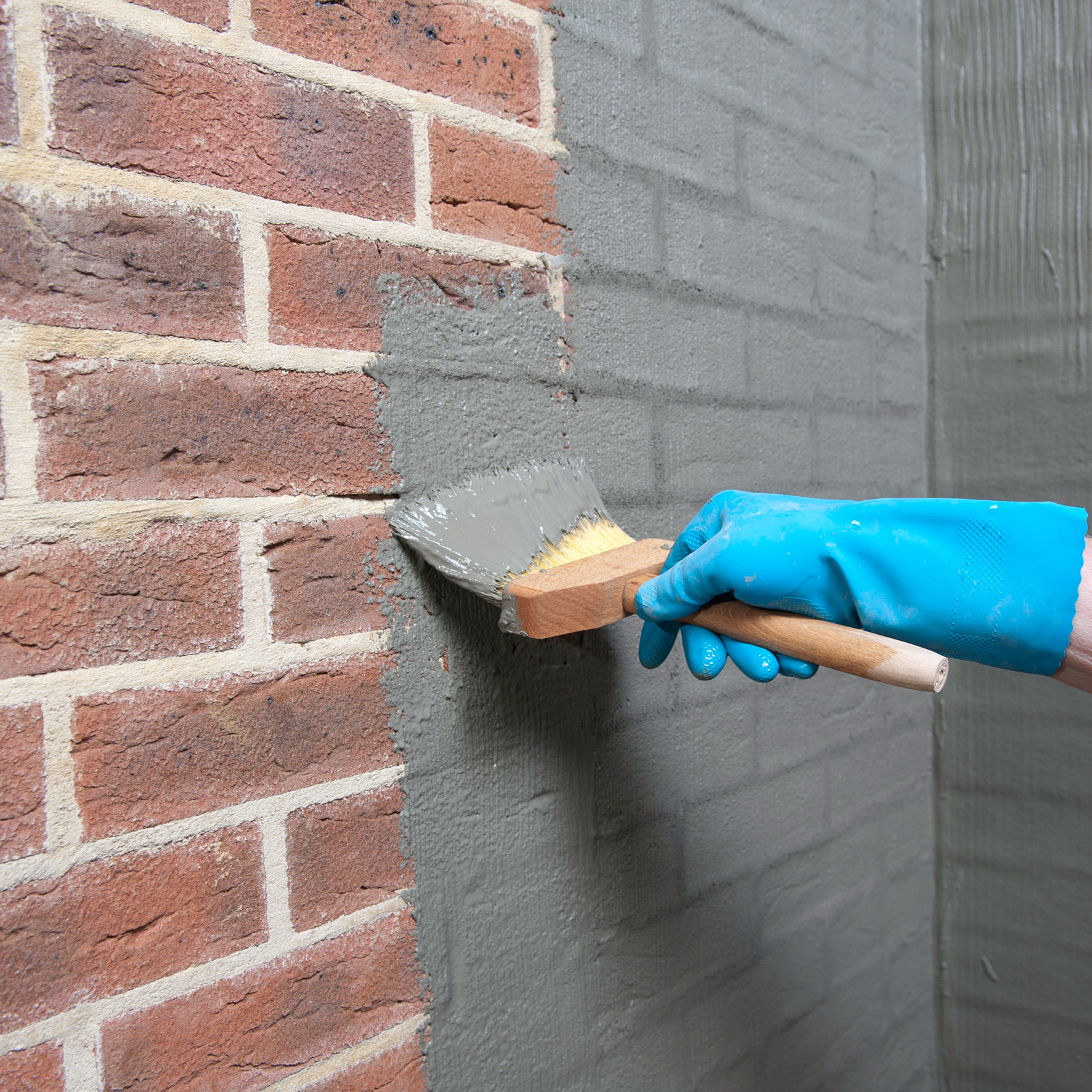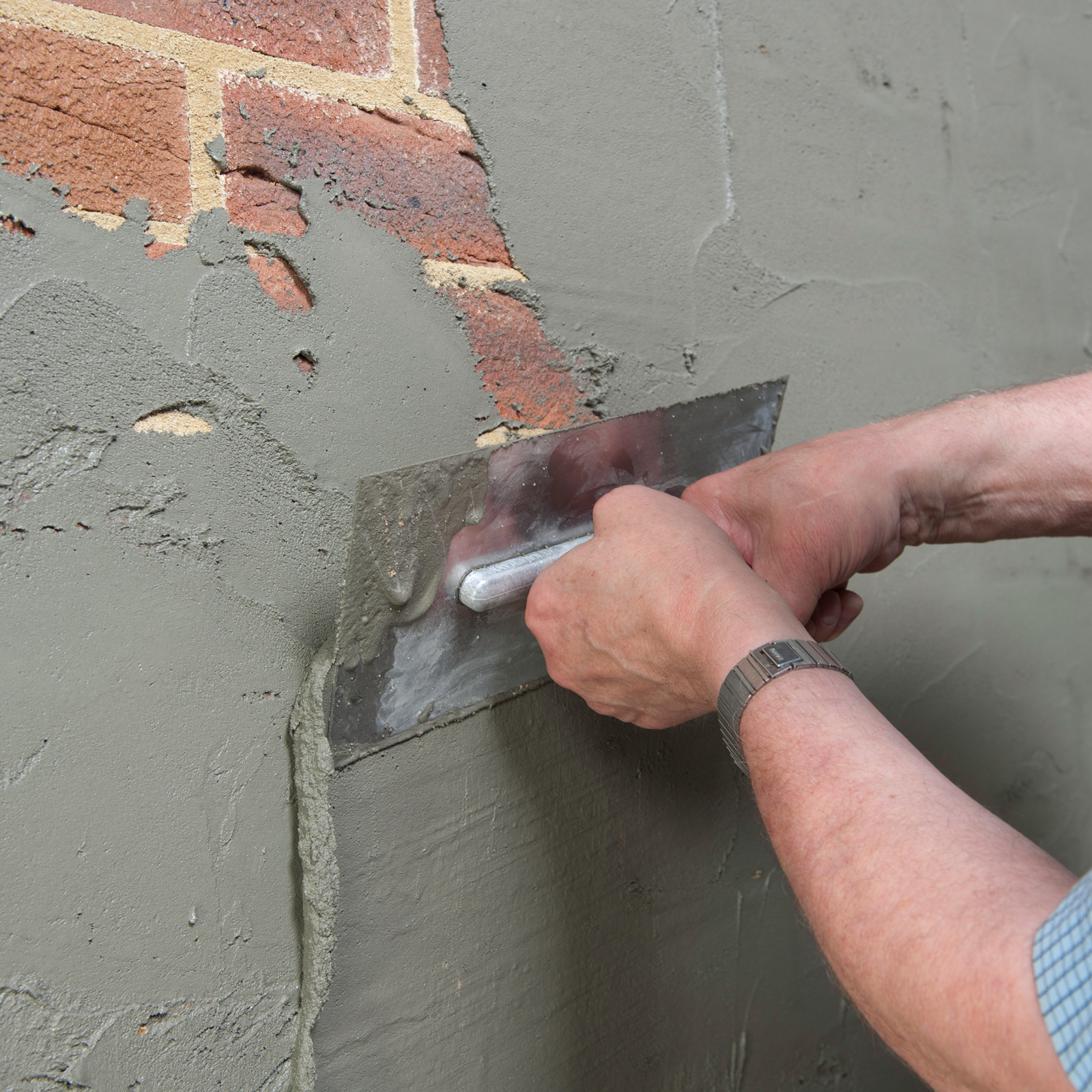Drybase Tanking Slurry
Drybase Tanking Slurry is a pre-bagged cementitious waterproofing slurry for application to concrete and masonry walls and floors. It is mixed with water and applied by trowel, brush or spray onto surfaces such as concrete, masonry and render. Once cured, the resultant surface is hydrophobic and is ideal for surfaces that are subject to moisture ingress. Typical areas of application include:
- Basement / cellar waterproofing and refurbishment
- Underground car parks
- Retaining walls
- Lift pits
- Tanks / reservoirs / water treatment works
- Fish ponds & water features
- Above-ground walls
Reliable Waterproof Tanking

Manufactured using sophisticated production processes, Drybase Tanking Slurry is composed of cement, quartz with graded grain-size distribution and special chemical ingredients of inorganic nature. Drybase Tanking Slurry has been tested for water resistance up to a 6 meter head of water and can be employed against both active and passive water pressure. It is also approved for use in contact with potable water.
The BBA-approved Drybase Tanking Slurry has been used in projects both large and small all over the country. Whether being used to tank a single above-ground damp wall in a domestic property or as part of a specification in a large underground commercial basement, Drybase Tanking Slurry will provide consistent high-performance waterproofing.
Easy and Versatile Application

Drybase Tanking Slurry has excellent bonding qualities from the initial mix right through to the final application. The excellent adhesion makes it suitable for application to both horizontal and vertical surfaces. The cured surface is also very durable, being resistant to both frost and heat whilst still remaining vapour-permeable.
Drybase Tanking Slurry is fully compatible with the full range of Dryzone Renovation Plasters for achieving an attractive and breathable final finish.
Drybase Tanking Slurry Application
Preparation
-
Surfaces to receive Drybase Tanking Slurry treatment must have a clean and well-keyed surface to ensure maximum bonding. Structural defects must be fixed before treatment begins small defects can be repaired using Drybase Universal Mortar[1].
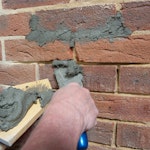
-
Remove all surface laitance, shutter release agent, curing compound, loose particles, etc. by means of light, wet or dry sandblasting, high-pressure water jetting or wire brushing.
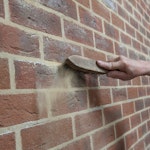
-
Carefully rinse (pre-water) all surfaces to receive Drybase Tanking Slurry. Pre-water several times so that the substrate is thoroughly saturated. When Drybase Tanking Slurry is applied, the surface should be damp but not wet. Any surface water on horizontal surfaces must be removed.
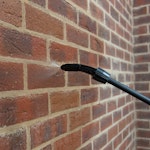
-
Place 25 kg of Drybase Tanking Slurry into a clean container, then add 4.5 – 6 litres of water. Stir for at least 3 minutes with a mechanical mixer.
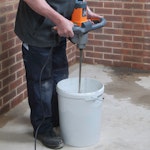
[1] For more details of structural defects that must be repaired prior to Drybase Tanking Slurry application, refer to the Drybase Tanking Slurry technical datasheet, which can be downloaded in PDF format from the downloads tab at the top of this page.
Application
| Minimum layer thickness per layer | 1.5 mm |
|---|---|
| Maximum layer thickness per layer | 2.0 mm |
| Maximum layer thickness in total | 5.0 mm |
Do not apply Drybase Tanking Slurry at temperatures below 5°C (40°F) or to a frozen substrate.
-
To apply Drybase Tanking Slurry by brush, it should be applied from the bottom upwards, and any excess should be worked sideways. All cavities and air holes must be filled, thereby excluding trapped air. If two layers are applied, it is recommended that the second layer is applied whilst the first layer is still damp on the surface[2].
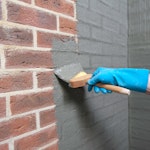
-
To apply Drybase Tanking Slurry by trowel, an initial scape coat is applied for maximum adhesion to the substrate, working from the bottom up. All cavities and air holes must be filled, thereby excluding trapped air. The first layer is then applied to the thickness specified in Table 1 above. If two layers are applied, it is recommended that the second layer is applied whilst the first layer is still damp on the surface[2].
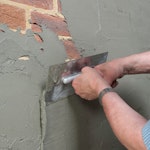
-
To spray Drybase Tanking Slurry, a suitable fine mortar spraying device must be used. The amount of material required and the air used must be adjustable so that the optimum spray pattern can be achieved. The nozzle diameter should be approximately 6 mm, depending on the spray gun used. The compressor performance must be at least 5 bar pressure, delivering 500 l/min.
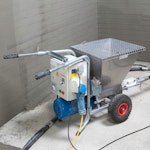
-
To apply Drybase Tanking Slurry with a spray applicator, the first layer is applied using a circular motion with the sprayer[3]. If two layers are applied, it is recommended that the second layer is applied whilst the first layer is still damp on the surface[2]. The final layer can be left direct as a spray finish or smoothed finely with the trowel.
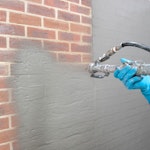
-
If using a spray applicator, the spray finish provides an “orange peel” texture which is easy to clean.
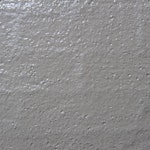
[2] The waiting time before applying the second layer is approximately 2 – 4 hours, depending on local climatic conditions such as humidity, temperature, etc. The first layer must not be damaged during application of the second layer.
[3] The nozzle must be held at a 90° angle to the substrate being treated and the distance between the nozzle and the surface will vary depending on the spray gun / compressed air used.
For maximum effectiveness, it is essential that the applied layers of Drybase Tanking Slurry are kept damp for at least 5 days and protected against evaporation by sun and wind. Careful post-watering should be carried out at intervals, starting from the day following the application. Alternatively, the surfaces can be covered with plastic sheeting, wet mats or moist sand. The use of curing compounds is not recommended.
The freshly treated surfaces should be protected from rain for a minimum period of 24 hours. Surfaces treated with Drybase Tanking Slurry should be protected from frost for at least 5 days. If necessary, cover them with insulation mats.
Detailed application instructions can be found in the Drybase Tanking Slurry application guidelines, which can be downloaded from the downloads tab at the top of this page.





